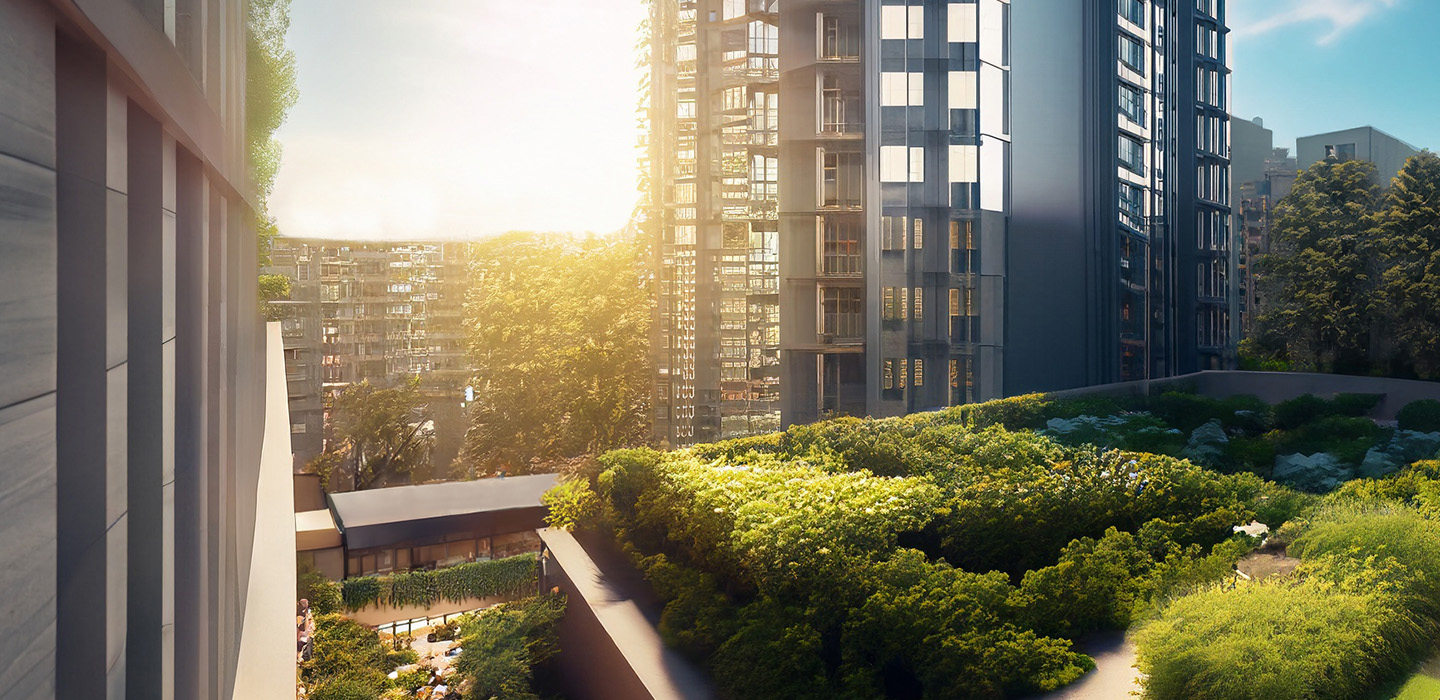
The Modern Real Estate Landscape: Trends and Transformations
The modern real estate landscape is undergoing a remarkable transformation, particularly in the realm of non-residential infrastructure projects. With a focus on sustainable construction and innovative developments, GIA is shaping the future with a vision that combines functionality, environmental responsibility, and technological advancements.
Sustainability has emerged as the guiding principle of modern infrastructure real estate projects. Developers, investors, and stakeholders now prioritize sustainable construction practices to reduce environmental impact and create long-lasting assets. Sustainable building materials, energy-efficient designs, and eco-friendly technologies are at the forefront of this movement.
One notable trend is the integration of renewable energy sources such as solar panels and wind turbines into the design and operation of non-residential buildings. This not only reduces carbon emissions but also lowers operational costs in the long run, making these projects financially attractive.
The incorporation of green spaces within commercial developments is another fascinating trend. These green spaces not only enhance the aesthetic appeal but also improve air quality and provide a serene environment for occupants and visitors. Rooftop gardens and vertical forests are becoming increasingly common in modern infrastructure projects, contributing to the well-being of urban communities.
Smart Technologies Redefining Infrastructure
The fusion of technology real estate is reshaping how buildings are designed, constructed, and managed. Smart buildings and cities are becoming a reality, with the Internet of Things (IoT) playing a pivotal role. IoT sensors collect data on various aspects of a building's performance, enabling predictive maintenance, energy optimization, and enhanced security.
Additionally, Artificial Intelligence (AI) and Machine Learning (ML) are transforming how infrastructure projects are executed. These technologies are used for data analysis, risk assessment, and project management, resulting in improved efficiency and cost-effectiveness. For example, AI-driven project management tools can identify potential delays and suggest solutions, keeping projects on track.

Adaptive Reuse and Mixed-Use Developments
Non-residential real estate is moving away from single-use developments. The trend now leans toward adaptive reuse of existing structures and mixed-use developments that combine commercial, residential, and leisure spaces. This approach not only maximizes land use but also fosters vibrant, sustainable communities.
Adaptive reuse is particularly intriguing, as it revitalizes historic and abandoned structures, preserving their architectural heritage while providing modern functionalities. Old factories, warehouses, and industrial sites are being transformed into contemporary office spaces, cultural hubs, and retail centers.
The modern real estate landscape for infrastructure projects is marked by a commitment to sustainability, technological innovation, and adaptability. Sustainable construction practices are reducing environmental footprints while smart technologies are enhancing operational efficiency and occupant experiences. The embrace of adaptive reuse and mixed-use developments promotes urban renewal and fosters dynamic communities.
As we look ahead, these trends and transformations in infrastructure real estate projects reflect a spirit of shaping the future. They not only respond to the demands of today but also lay the foundation for a more sustainable, efficient, and interconnected world, where real estate plays a pivotal role in shaping a brighter tomorrow.
